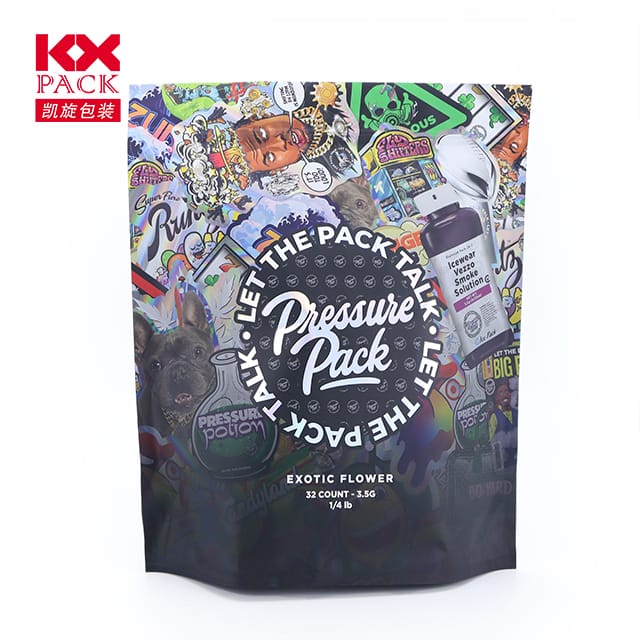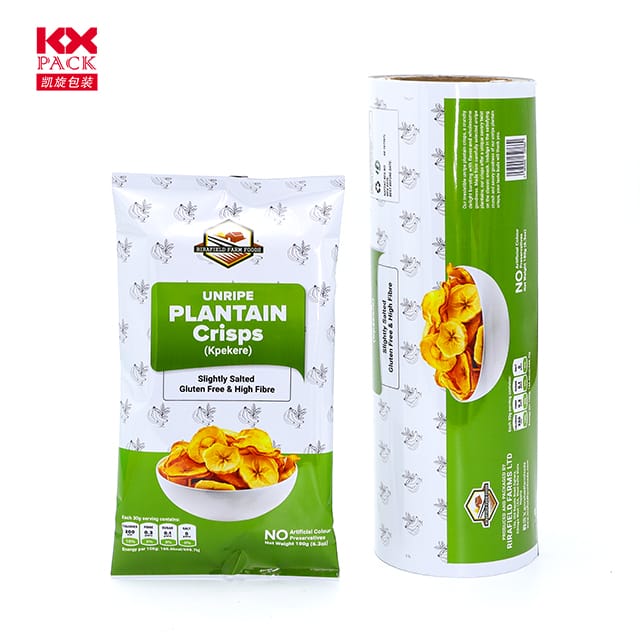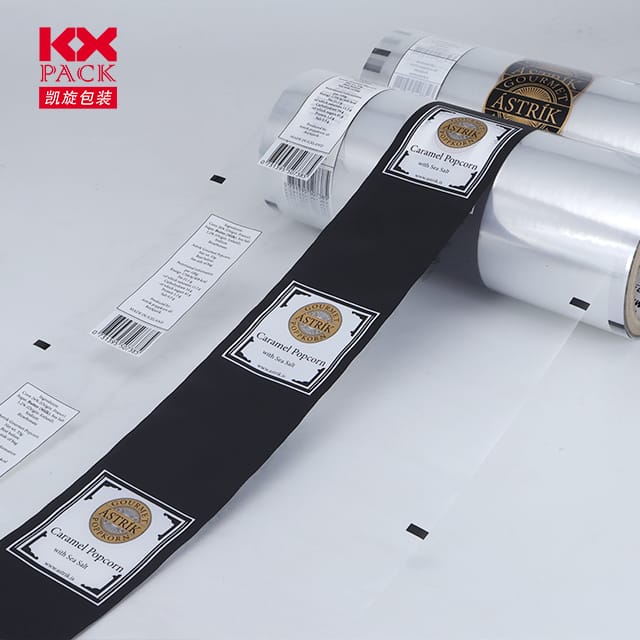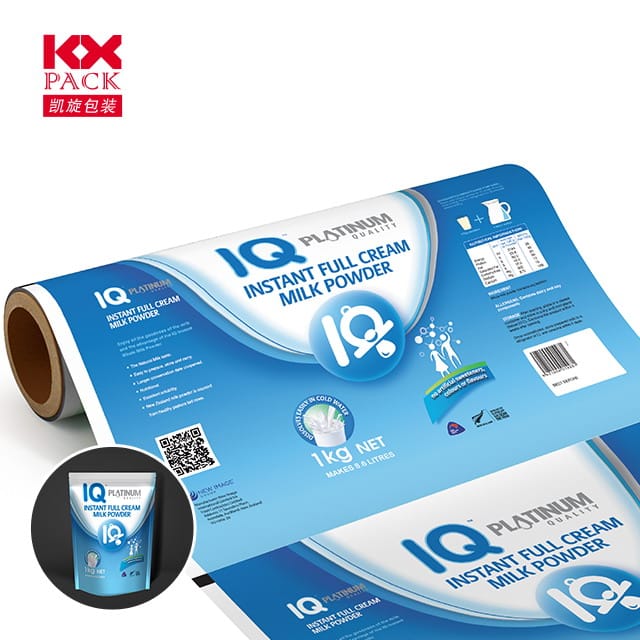Die Rolle und Innovation von Kunststoffverpackungsfolien in der modernen Industrie (5)
Verpackungsfolien aus Kunststoff
In today’s fast-paced consumer world, plastic packaging films are ubiquitous yet often overlooked. Von der Sicherung frischer Produkte bis zur Konservierung elektronischer Geräte, diese dünn, Flexible Materialien spielen eine entscheidende Rolle beim Schutz von Produkten, Haltbarkeit verlängern, und Abfall reduzieren. Jedoch, als Umweltbedenken montieren, Die Branche entwickelt sich weiter, um Funktionalität mit Nachhaltigkeit in Einklang zu bringen. Let’s explore the science, Anwendungen, and future of plastic packaging films.
What Are Plastic Packaging Films?
Plastic packaging films are lightweight, versatile materials made from polymers such as polyethylene (SPORT), Polypropylen (PP), Polyvinylchlorid (PVC), oder Polyester (HAUSTIER). They can be transparent or opaque, single-layered or multi-layered, and engineered with additives for specific properties like UV resistance, Feuchtigkeitsbarrieren, or anti-static coatings.
Key characteristics include:
- Flexibility: Adapts to irregular shapes (Z.B., wrapping fresh meat or confectionery).
- Barriereigenschaften: Prevents oxygen, water vapor, or odors from compromising products.
- Kosteneffizienz: Cheaper to produce and transport than rigid packaging.
- Printability: Supports branding with high-quality graphics.
Common Applications Across Industries
- Essen & Getränk
- Frische Produkte: Stretch films maintain freshness by reducing air exposure.
- Snacks: Laminated films with aluminum layers block light and oxygen to prevent rancidity.
- Ready-to-eat meals: High-barrier films protect against contamination and extend shelf life.
- Pharmazeutika
- Blister packs: Thermoformed films ensure tamper-evidence and precise dosage control.
- Medical devices: Sterile packaging films meet stringent hygiene standards.
- Konsumgüter
- Elektronik: Anti-static films shield delicate components from electrostatic discharge.
- Kosmetika: Multi-layered films combine moisture resistance with luxurious aesthetics.
- Industriell
- Palettenverpackung: Stretch films secure goods during transit, reducing damage risks.
- Konstruktion: Protective films shield surfaces like glass or metal from scratches.
Environmental Challenges and Solutions
Während Plastikfilme unbestreitbare Vorteile bieten, their single-use nature has raised alarms about pollution and landfill waste. The industry is responding with innovative solutions:
- Biologisch abbaubare und kompostierbare Folien
- Hergestellt aus Polymeren auf pflanzlicher Basis (Z.B., Polylactsäure, or PLA), Diese Filme brechen unter bestimmten Bedingungen auf natürliche Weise zusammen.
- Beispiel: PLA films used for fresh salads decompose in industrial composting facilities.
- Recycled Content Films
- Post-consumer recycled (PCR) materials reduce reliance on virgin plastics.
- Challenges include maintaining performance while incorporating recycled resins.
- Fortschrittliche Recyclingtechnologien
- Chemical recycling breaks down plastics into their original monomers for reuse, enabling infinite recycling loops.
- Companies like Eastman and BASF are investing heavily in this space.
- Verdünner, Lighter Films
- Down-gauging reduces material use without sacrificing strength.
- Beispiel: High-performance polyethylene films that are 50% thinner yet stronger than traditional options.
The Future of Plastic Packaging Films
As regulations tighten (Z.B., EU-Einweg-Kunststoffrichtlinie der EU), the industry is pivoting towardcircular economy models. Key trends include:
- Smart Filme: Embedded sensors monitor food freshness or product integrity in real time.
- Essbare Filme: Made from natural ingredients like starch or proteins, these films eliminate waste entirely.
- Wiederverwendbare Systeme: Brands like Loop are trialing durable, refillable containers lined with recyclable films.
Consumer Tips: Making Sustainable Choices
- Look for certifications: Opt for films labeled “compostable” (Z.B., OK Compost HOME) or “recyclable” (check local facilities).
- Reduce waste: Reuse packaging for storage or crafts before recycling.
- Support brands: Choose companies committed to sustainable packaging innovations.
Abschluss: Striking a Balance
Plastic packaging films are indispensable in modern supply chains, but their environmental impact demands urgent action. By embracing biodegradable materials, recycling innovations, and smarter designs, the industry can protect both products and the planet.
What’s your take on plastic packaging films? Share your thoughts or questions in the comments below—let’s drive the conversation toward a greener future! 🌍📦
Schlüsselwörter: plastic packaging films, nachhaltige Verpackung, biodegradable films, recycled content, food packaging, industrial films.







